Nature photographer Anton Agarkov spent six years climbing the mountains with a backpack full of photo equipment, wandered across steppes and even spent a night at the foot of an erupting volcano. Here are the results.
Astrakhan Region, Bogdo-Baskunchak Nature Preserve
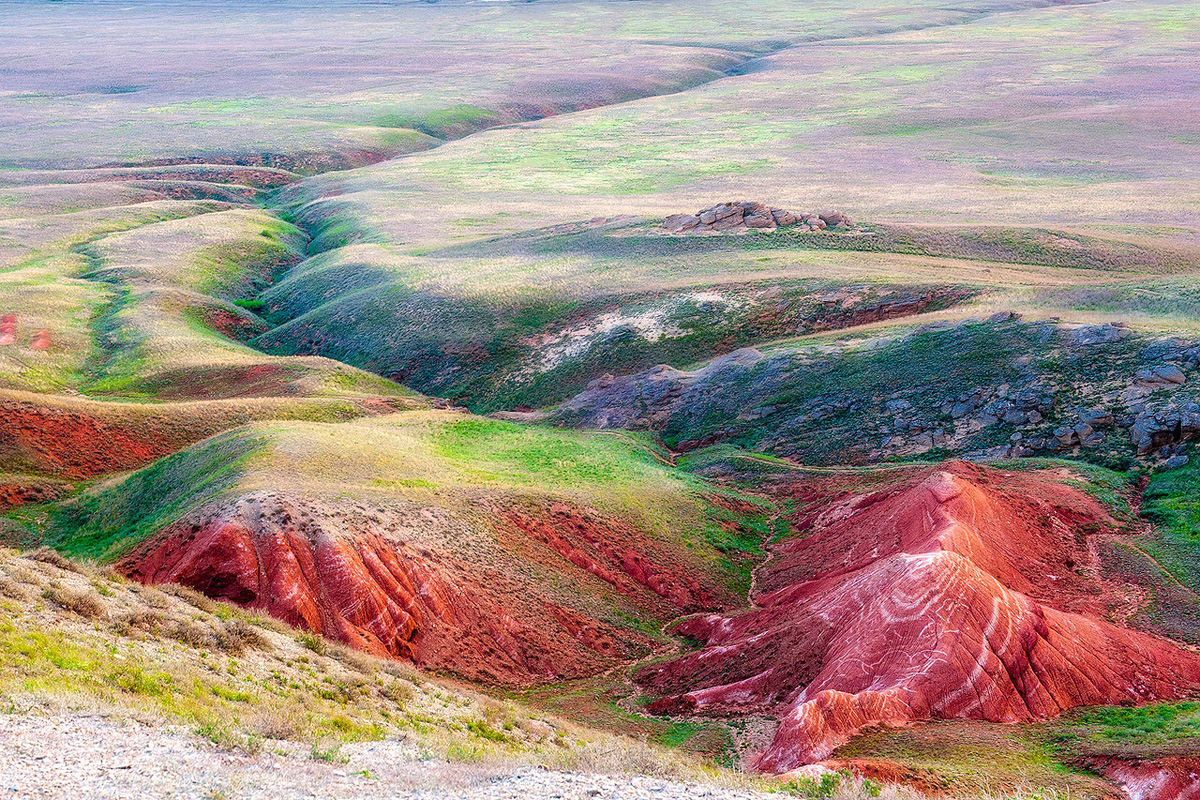 Photo credit: Anton Agarkov
Photo credit: Anton Agarkov
Mount Big Bogdo is revered by local Kalmyks as a sacred mountain: A Buddhist ovoo altar once crowned its top. Pilgrims come here to meditate. The legend says that the mountain was once located by the Ural River, but two Kalmykian saints decided to transfer it to the banks of the Volga. After long prayers, they lifted the mountain on their shoulders and headed off. On their way, one of the monks began having doubts, and strength abandoned him; the mountain buried both of them beneath its bulk and turned red. Scientists explain the red color of its rocks by the exposure of Permian clays. The clays are fragile, so it's prohibited to walk on them.
Kamchatka Territory, South Kamchatka Federal Preserve, Kurile Lake
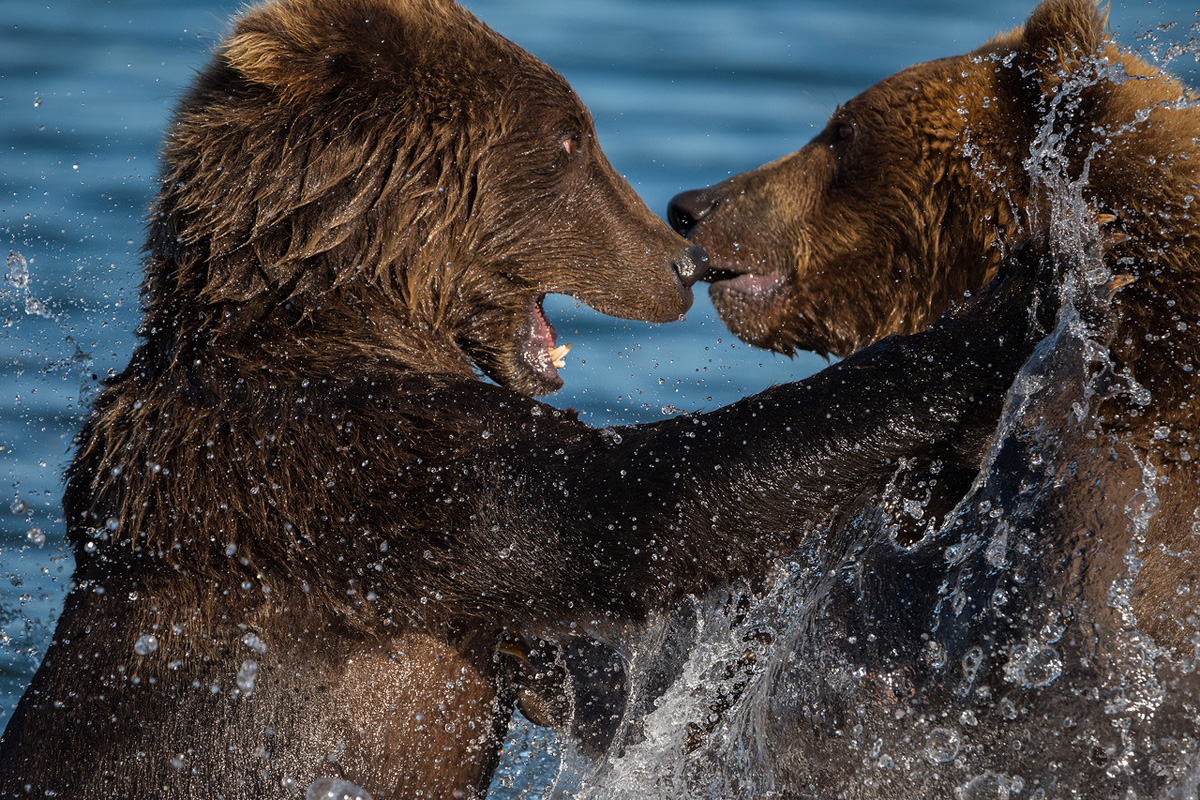 Photo credit: Anton Agarkov
Photo credit: Anton AgarkovThe Kurile Lake is a major sockeye salmon breeding area. And where there is salmon – there are bears. Bears roam in large numbers around Kurile Lake. Efforts made by a team of biologists and ecologists have made it possible to approach bears here from distances as little as a dozen meters without putting yourself in danger. Although you may think that the bears in this photo are quarrelling, that’s not what’s going on: These are mating games.
The Republic of Dagestan, Dagestan Nature Preserve, Agrakhan Bay
 Photo credit: Anton Agarkov
Photo credit: Anton AgarkovThe Agrakhan Bay is a breeding ground for a wide variety of birds: Herons, pelicans and cormorants. This young female sea eagle was confiscated from poachers by the guardians of the preserve and brought to Agrakhan for rehabilitation.
The Republic of North Ossetia-Alania, Alania National Park, Wallagkom Gorge
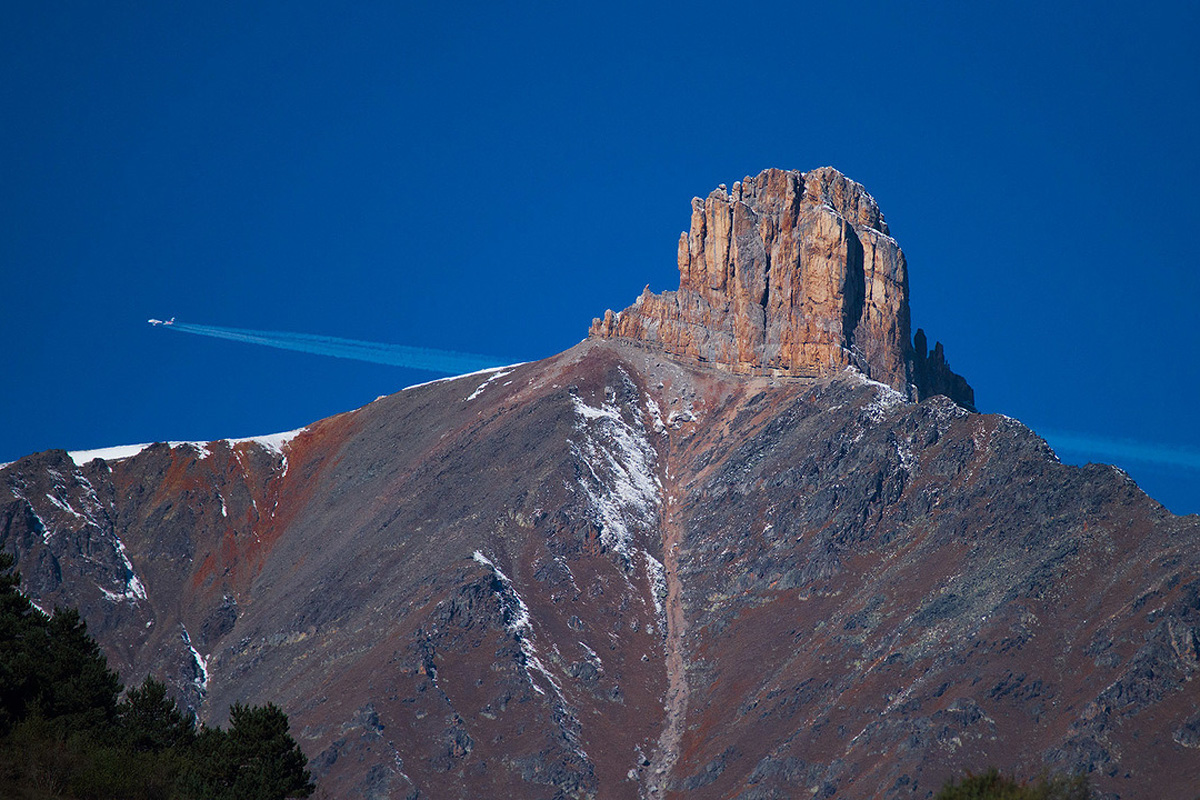 Photo credit: Anton Agarkov
Photo credit: Anton AgarkovMount Waza-Khokh is the dominant peak of the Digori Gorge. This fang of a mountain with near-vertical slopes is always looming somewhere on the horizon. To approach this peak, you might need to prepare a small expeditionary crew: The journey there will take you two days on horseback and on foot along narrow paths between the mountain slope and the abyss.
Irkutsk Region, Lake Baikal
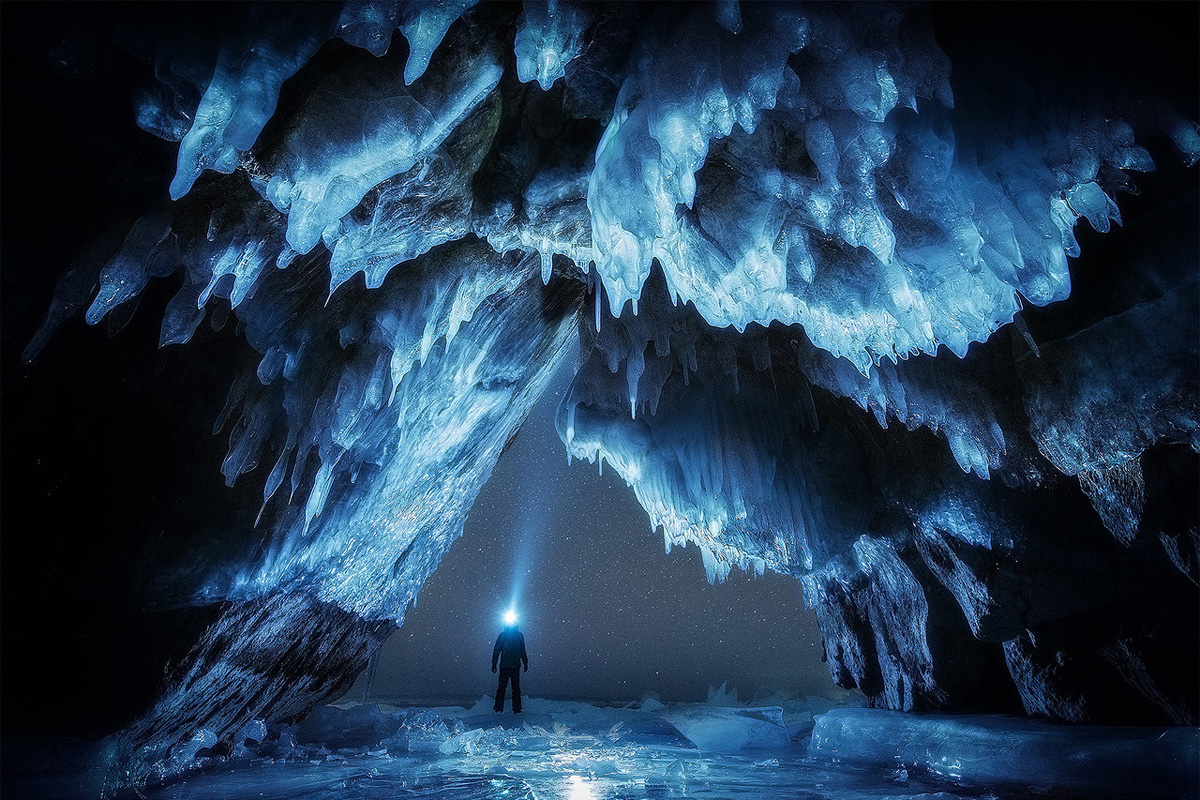 Photo credit: Anton Agarkov
Photo credit: Anton AgarkovBaikal in winter is a one-meter-thick layer of ice, tails of crevices, giant icicles on rocks by the shore and ice caves. The most spectacular and the least explored caves can be found north of Olkhon Island near the settlement of Uruzy. It is there that I produced my signature work Explorer.
Kamchatka Territory, Klyuchevskaya Natural Park, eruption of Plosky Tolbachik volcano
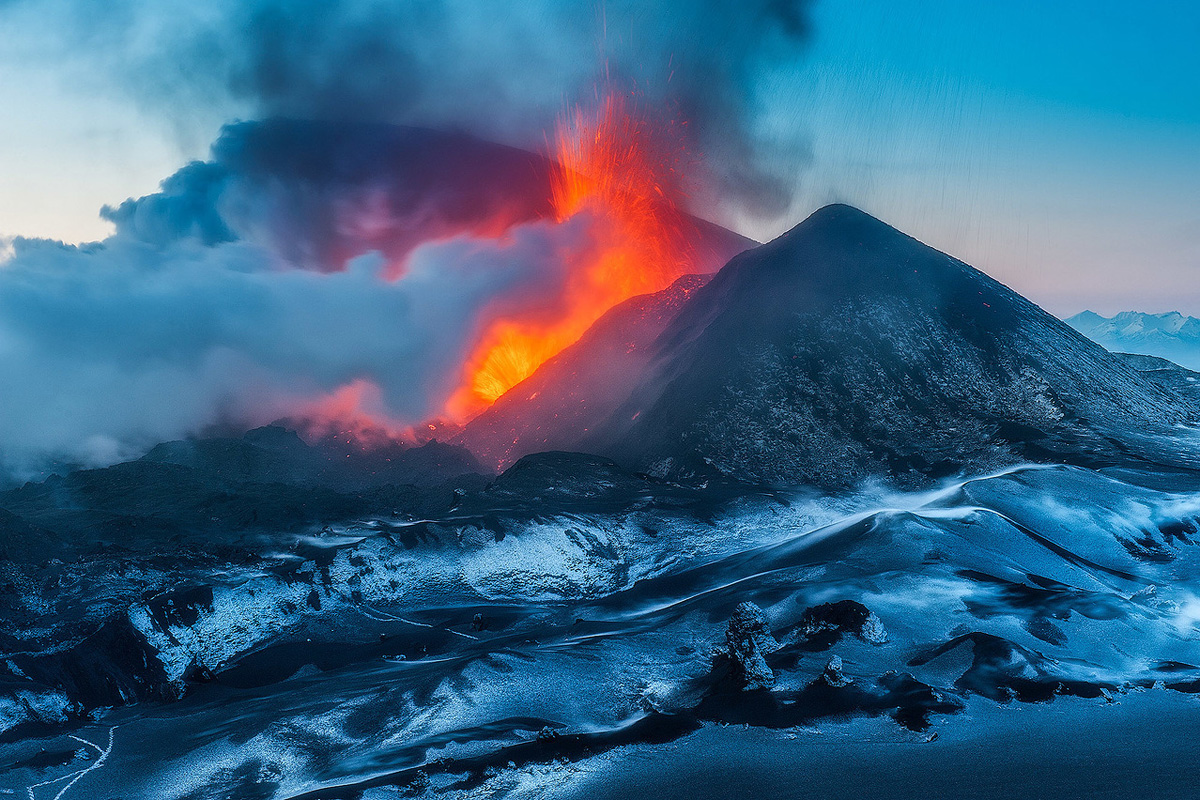 Photo credit: Anton Agarkov
Photo credit: Anton AgarkovVolcano eruptions are common on Kamchatka, but the 2012-2013 eruption of Plosky Tolbachik was a real sensation. It could be seen from a great distance and helicopters flew directly above the caldera and landed just one kilometer away from the funnel. I went even further and spent a night by the erupting volcano. It was in January, when the eruption activity reached its peak and temperatures in the vicinity dropped to -30 C.
The Republic of Dagestan, Dagestan Nature Preserve, Samur liana forest
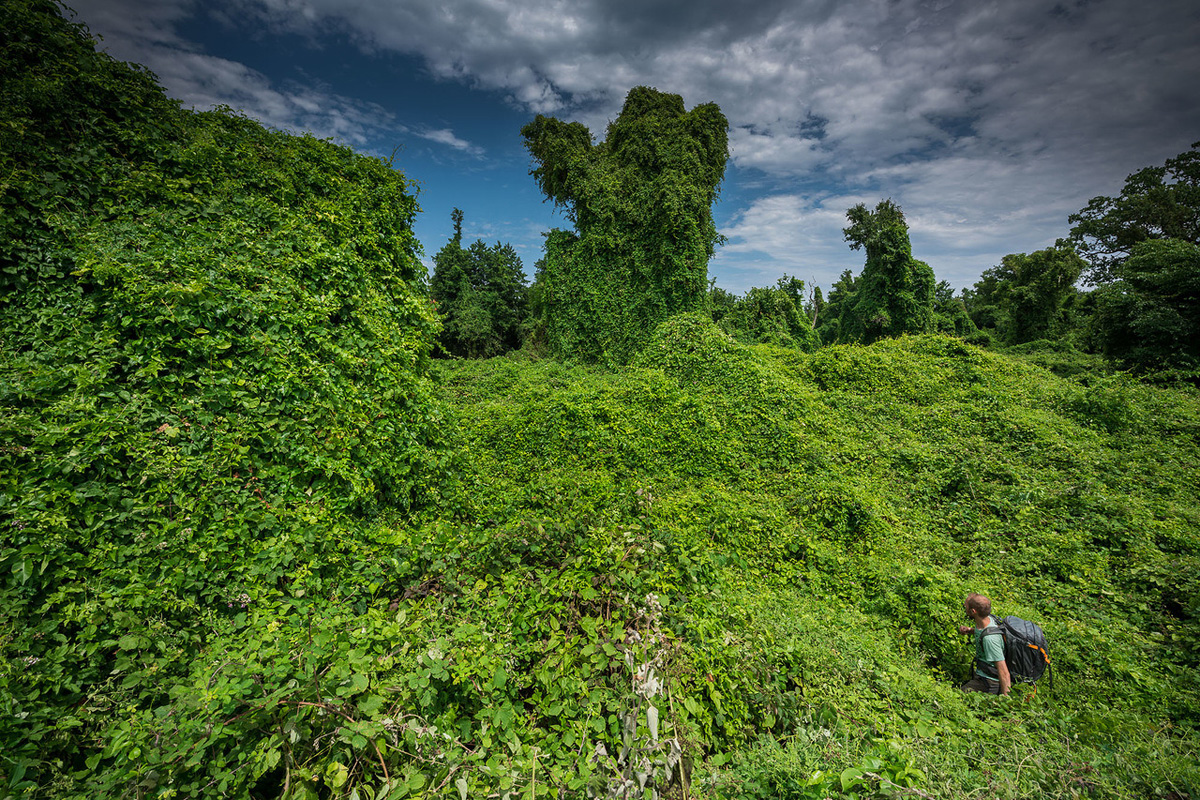 Photo credit: Anton Agarkov
Photo credit: Anton AgarkovThe Samur is believed to be the northernmost liana forest in the world. Without leaving Russia, you can find yourself amidst a subtropical forest with thorny scourges of lianas blocking your way. In some places these vines have enmeshed entire trees, turning them into green monsters. To take this shot, I had to pose for my own camera, standing on an unsteady net of lianas. It sagged beneath my weight, but I never reached the ground.
The Republic of Dagestan, the Sulak River
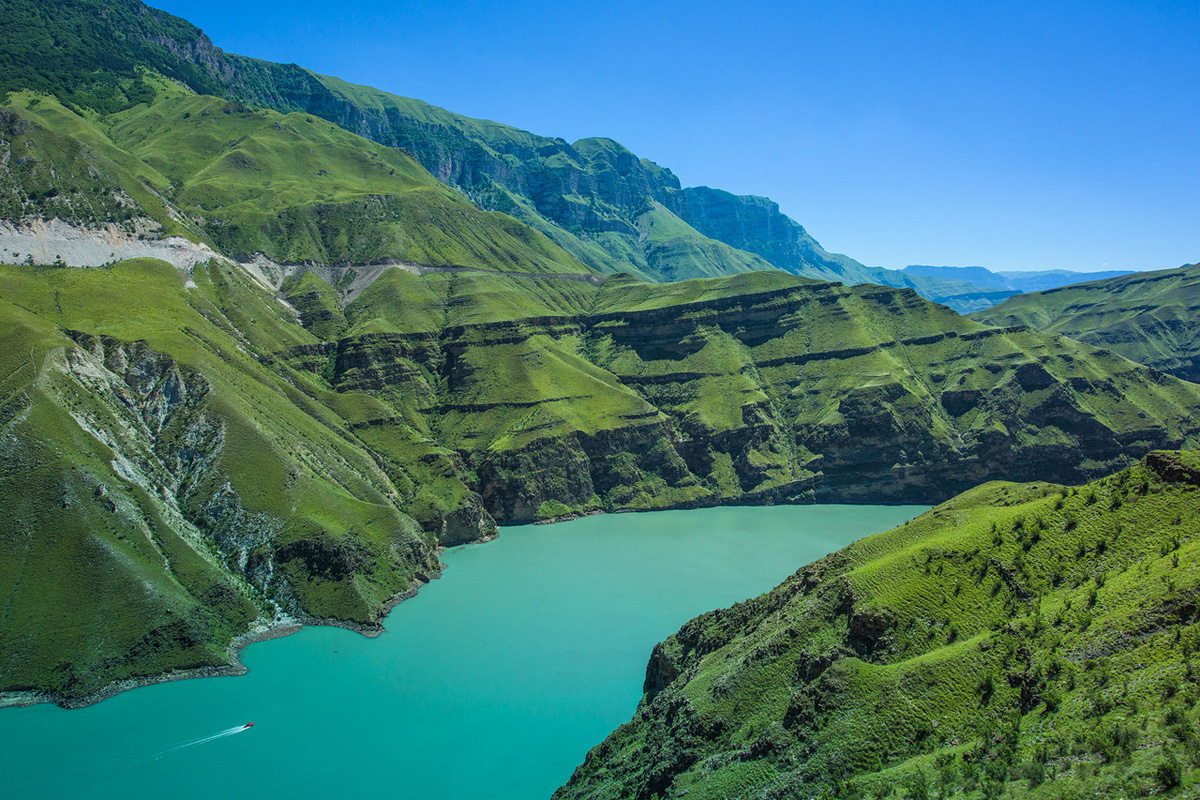 Photo credit: Anton Agarkov
Photo credit: Anton AgarkovThe Sulak winds through a highland gorge. To make this shot, I had to hire a motorboat, find a loop on the map, disembark there, climb 200 meters up the mountain and signal to the boat to have it intersect with the water and liven up the photo.
Irkutsk Region, Lake Baikal, Maloye More strait
 Photo credit: Anton Agarkov
Photo credit: Anton AgarkovThe strait of Maloye More on Lake Baikal has the strongest winds, which also means the most transparent ice. Islands of rocks burst through it in places. Ogoy is the largest one. Its top is crowned by a Buddhist stupa. But it is not the stupa that attracts photographers' attention; the island's signature landscape is its southern end, where a narrow, pointed cape emerges from the water. On Lake Baikal, a rock like this is a stress point, so the "Ogoy icebreaker" is always surrounded by deep crevices.
Kamchatka Territory, Klyuchevskaya Natural Park, eruption of Plosky Tolbachik volcano
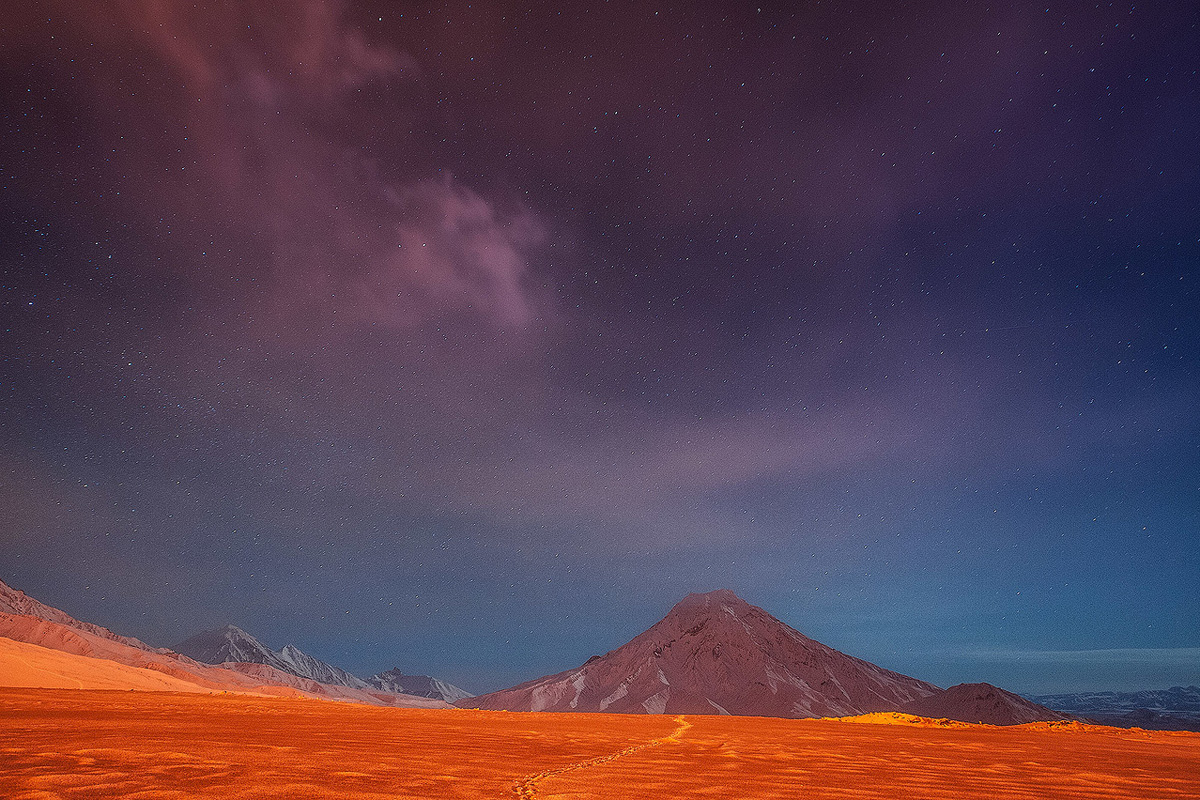 Photo credit: Anton Agarkov
Photo credit: Anton AgarkovA volcanic eruption in the dark is a spectacular sight. The light of the underworld paints the scenery red and gives the soaring tail of volcanic ash a surrealistic air.
Irkutsk Region, Lake Baikal
 Photo credit: Anton Agarkov
Photo credit: Anton AgarkovShamanka Rock is the symbol of Baikal. In winter, huge slabs of ice – ice ridges – accumulate at its foot.
The Republic of Dagestan, Dagestan Nature Preserve, Sary-Kum Barchan Dune
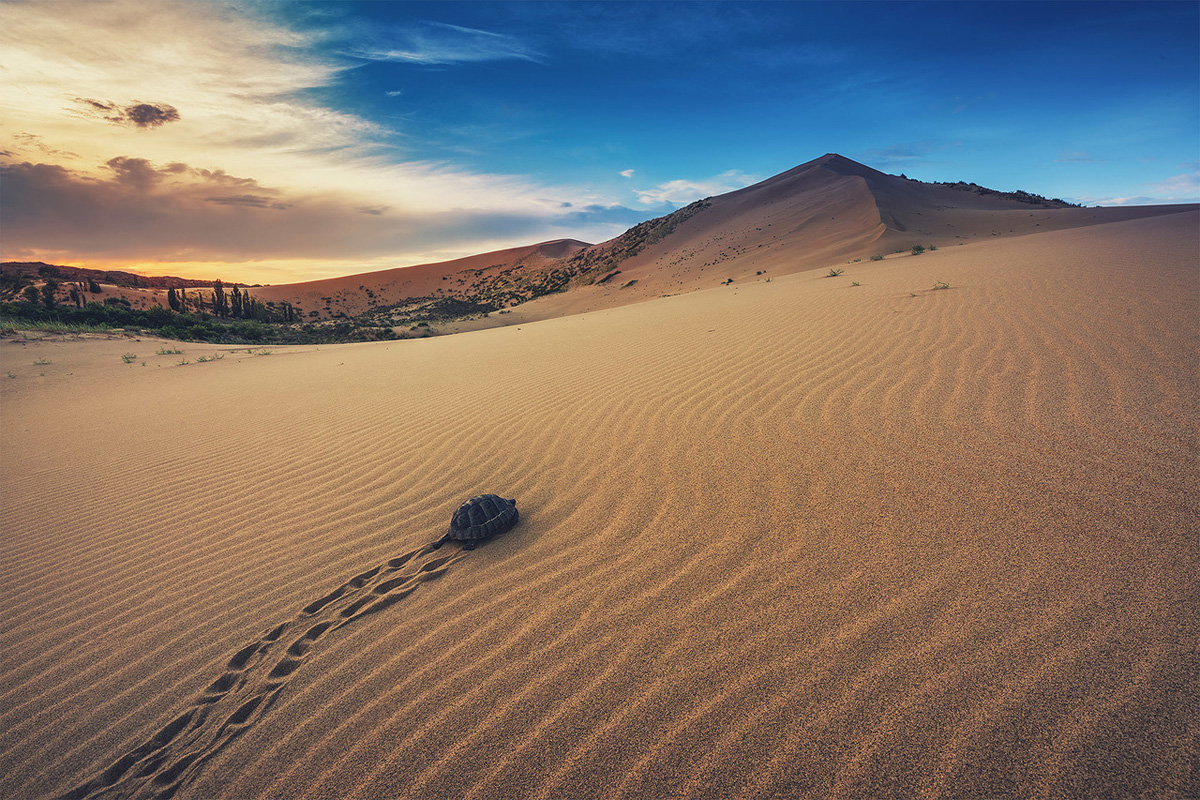 Photo credit: Anton Agarkov
Photo credit: Anton AgarkovSary-Kum is not only picturesque but also has its dangers. Apart from harmless lizards, Russian tortoises and fennec foxes, the dune is inhabited by scorpions, poisonous black widow spiders and solifuges, as well as the Lebentine viper. All these creatures begin their hunt during dusk, preferring to stay away from the heat of the sun in shelters. According to a legend, the Sary-Kum Barchan Dune emerged after the father of a beautiful girl required that a warrior who was in love with her pour a pile of sand so high that the roof of his love's house would be visible from its top. The warrior brought enough sand, but while he was busy carrying out the task, both he and his beloved one grew old.
The Republic of Buryatia, Barguzin Nature Preserve
 Photo credit: Anton Agarkov
Photo credit: Anton AgarkovThe Sosnovka Bay is the southern cordon of the Barguzin Nature Preserve, Russia's oldest wildlife sanctuary, which gave birth to the national system of natural parks. This cordon is guarded by a family; they lead a solitary life here. They see more bears and sables than people and don’t mind this at all. Their house is located at the convergence of impassible taiga, Lake Baikal and the mountains; the shore is cut across by deep rivers with backwaters.
The Republic of North Ossetia-Alania, Alania National Park
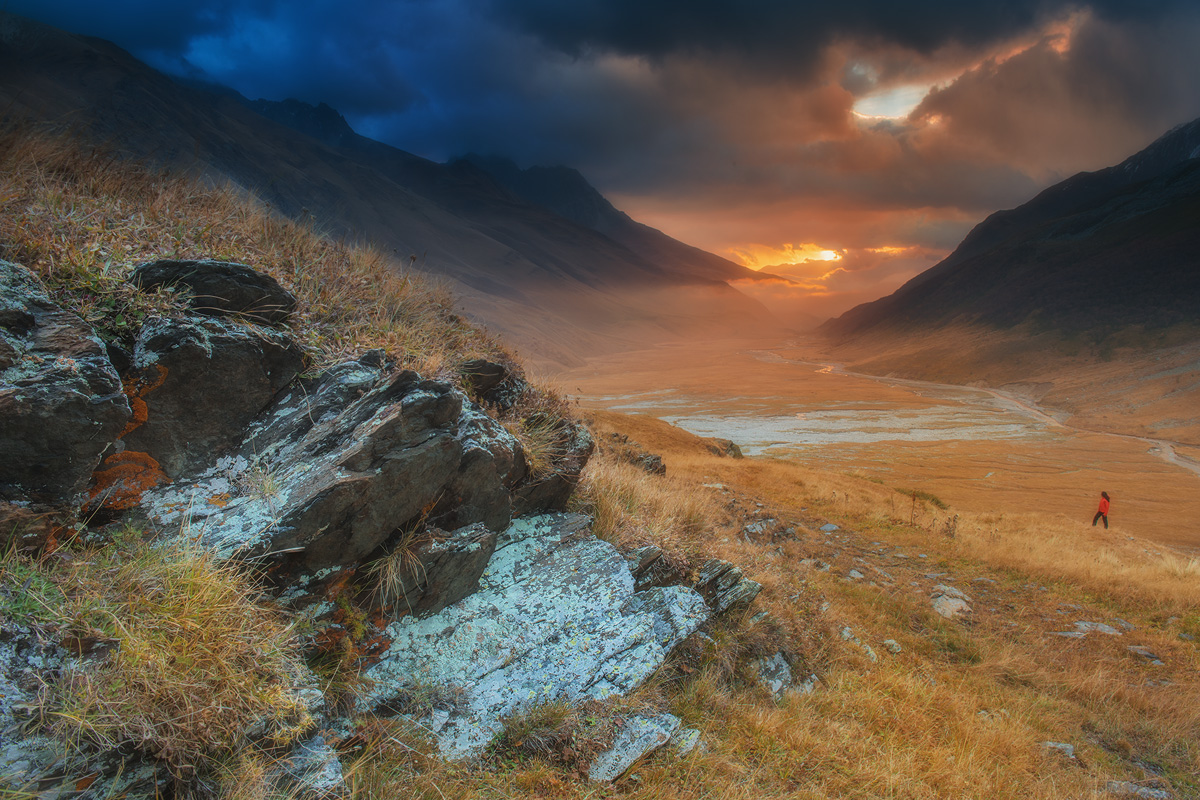 Photo credit: Anton Agarkov
Photo credit: Anton AgarkovThe Urukh River is one of the wildest and most headstrong rivers of North Ossetia. Falling from a glacier, it flows down a wide mountain valley, breaking into dozens of branches. I took photographs of the relict Chifandzar swamp that emerged 5,000 years ago. In summer, this humid peatland turns into a blossoming paradise with a striking variety of flowers. But this multicolored motley can only be appreciated by border patrols, shepherds and the rare tourists who have the courage to take a horseback ride to Chifandzar.
All rights reserved by Rossiyskaya Gazeta.

 Photo credit: Anton Agarkov
Photo credit: Anton Agarkov Photo credit: Anton Agarkov
Photo credit: Anton Agarkov Photo credit: Anton Agarkov
Photo credit: Anton Agarkov Photo credit: Anton Agarkov
Photo credit: Anton Agarkov Photo credit: Anton Agarkov
Photo credit: Anton Agarkov Photo credit: Anton Agarkov
Photo credit: Anton Agarkov Photo credit: Anton Agarkov
Photo credit: Anton Agarkov Photo credit: Anton Agarkov
Photo credit: Anton Agarkov Photo credit: Anton Agarkov
Photo credit: Anton Agarkov Photo credit: Anton Agarkov
Photo credit: Anton Agarkov Photo credit: Anton Agarkov
Photo credit: Anton Agarkov Photo credit: Anton Agarkov
Photo credit: Anton Agarkov Photo credit: Anton Agarkov
Photo credit: Anton Agarkov Photo credit: Anton Agarkov
Photo credit: Anton Agarkov